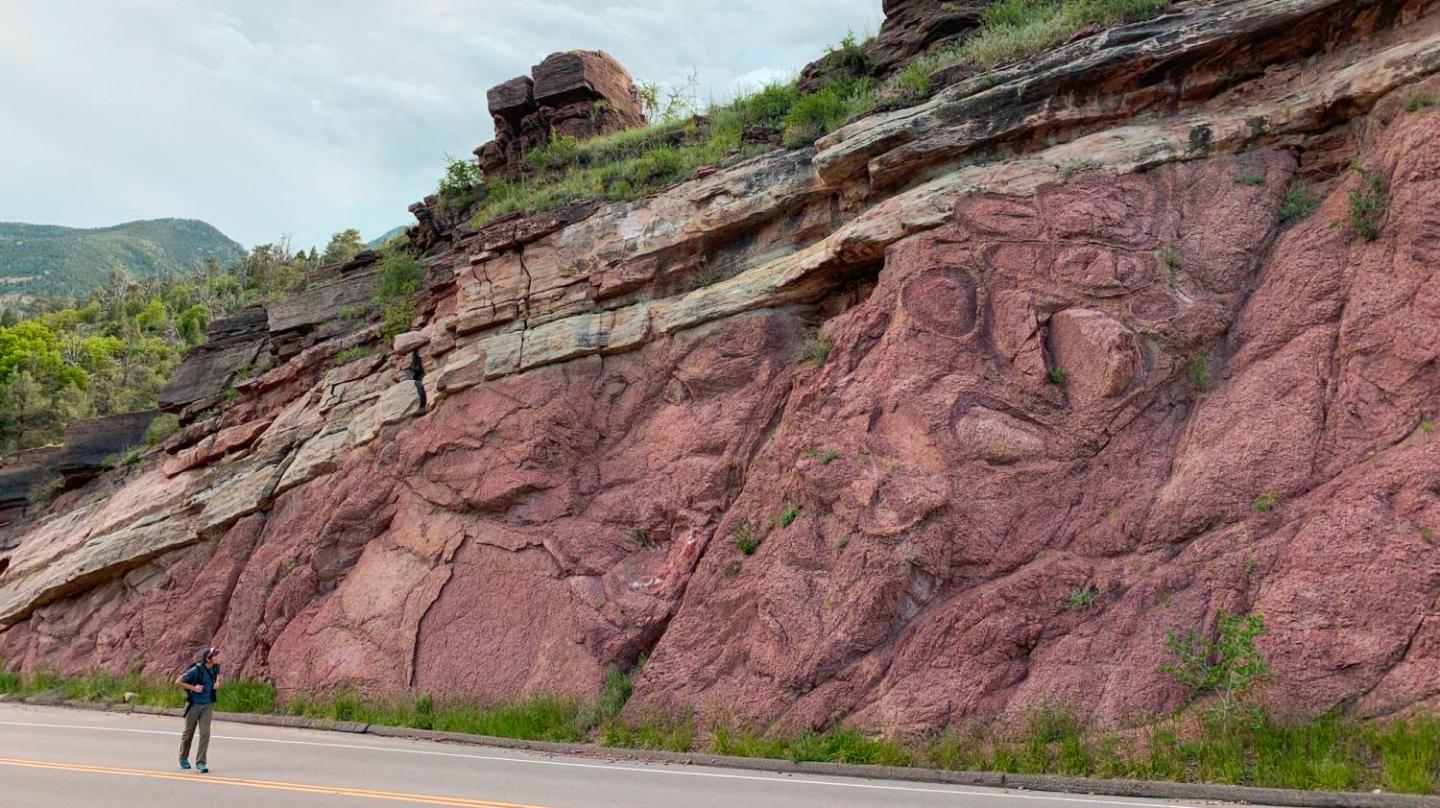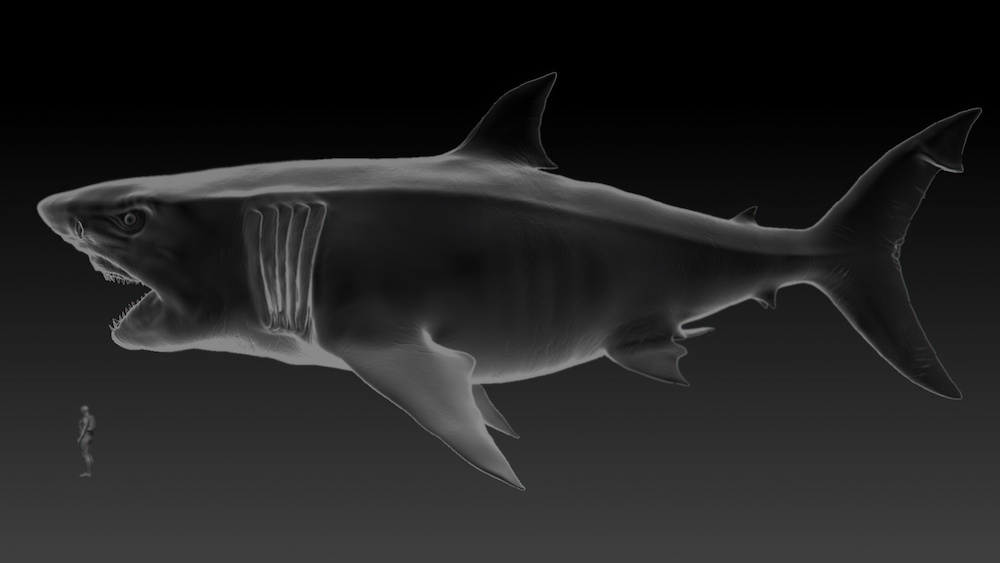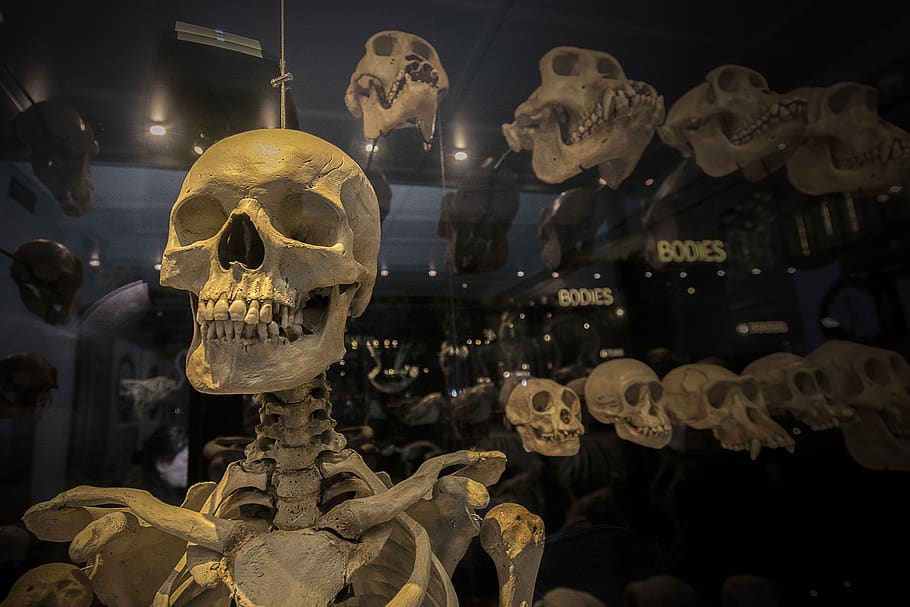Biological Big Bang: How we solved Darwin’s dilemma

- Charles Darwin’s On the Origin of Species is one of the most significant milestones in biology, laying the foundation for the theories of evolution and natural selection.
- The fossil record challenged Darwin’s theories. Complex life seemed to appear abruptly during the Cambrian period, with little evidence of biological ancestors.
- The discovery of Precambrian fossils has mostly resolved Darwin’s dilemma, but scientists still seek answers to one of science’s most pressing mysteries: How did complex life evolve?
Though it may seem like multicellular life dominates Earth, it is a relative newcomer to a planet that single-celled organisms have called home for more than three billion years. Modern humans, whose existence spans a paltry 300,000 years, have long been curious as to how life evolved from these simple organisms, and why.
Cambrian explosion: A sudden burst of life
Studies trying to demystify the origin of modern life pivot around a geological and evolutionary fulcrum — the Cambrian explosion, a burst of evolution that took place around 530 million years ago. Named for the geological period in which it occurred, the Cambrian explosion filled the world’s oceans with complex, hard-bodied animals that populated diverse, thriving ecosystems.
The pace of evolution was staggering, occurring at a rate five times that of modern evolution. The complex life that emerged formed the blueprint for the “body plans” of most modern animals and plants.
The Cambrian explosion has a common nickname: the Biological Big Bang. Like its astronomical namesake, the term focuses as much on what happened before as what happened during the period of expansive evolution. It implies a still period of nothingness, followed by a sudden explosion of life.
In 1859, when Darwin published On the Origin of Species, “nothing” could accurately describe the Precambrian fossil record.
Darwin’s dilemma
That dismal record did not sit well with Darwin’s theory. Evolution, Darwin posited, occurs slowly and gradually; the Cambrian explosion must have been preceded by a period teeming with life. The contrast of the Cambrian period’s rich fossil record with the barren Precambrian began to be known as “Darwin’s dilemma” for its theory-shattering potential.
Darwin recognized the conundrum, which he addressed in an oft-cited section of his masterpiece: “[As to] why we do not find rich fossiliferous deposits belonging to these assumed earliest periods before the Cambrian system, I can give no satisfactory answer. The case at present must remain inexplicable; and may be truly urged as a valid argument against the views here entertained.”
It was not just the fossil record that spelled trouble for Darwin, but also the rapid pace of evolution after the Cambrian explosion. If he was right, how could life have evolved from simple, single-celled organisms to complex plants and animals in the blink of a geological eye?
In the decades after On the Origin of Species was published in 1859, Darwin’s dilemma was one of biology’s greatest and most tantalizing mysteries. Today, the dilemma is considered resolved, with evidence coming from a concentrated effort of interdisciplinary scientists who often butted heads in their quest for biology’s holy grail. Yet while new evidence answered some questions, it also spurred scientists to ask new ones. Such is often the case when studying the Earth’s past.
Filling in the Precambrian fossil record
There is no question that Darwin was right about evolution and natural selection. He was also right about why, in 1859, it looked as if the Precambrian was lifeless — we just had not found the fossils yet.
In uncovering the origin and evolution of life, we rely on fossils to give us glimpses into the past. Not everything, though, fossilizes easily. The soft-shelled, cartilage-based life forms thought to precede the hard-bodied animals of the Cambrian tend to disintegrate easily.
Researchers were not deterred. A persistent and international effort has sought out fossilized evidence of Precambrian life in the years since Origin was published. Paleobiologist James William Schopf offers a history of this hunt in his seminal 2000 paper “Solution to Darwin’s dilemma: Discovery of the missing Precambrian record of life.”
Here, Schopf describes how the earliest purported Precambrian fossils turned out to be serpentine limestone that only appeared to contain fossils. Thus, these incorrect findings from the late 1800s “poisoned the well,” according to Schopf, with “object lessons handed down from professor to student, generation to generation, to become part of accepted academic lore.”
It wasn’t until the 1960s that Precambrian paleontologists could untether themselves from their inauspicious start. The discovery of filamentous microfossils in Australia and petrified cellular microbes nearly 3,500 million years old (the oldest fossils ever known, more than three-quarters the age of Earth) showed that the Precambrian period was “surprisingly richer and easier to unearth than anyone had dared to imagine.”
Evolution’s rapid pace after the Cambrian explosion
Though the work of Schopf and other paleobiologists continues to fill in the Precambrian fossil record, questions remain about the pace of the Cambrian explosion. What triggered life to evolve so fast?
The question has intrigued scientists of many disciplines for decades. Interdisciplinary collaboration has wrought a wealth of evidence from diverse perspectives — geochemical, paleoenvironmental, geological, anatomical, and taxonomic — that describes how biological organisms evolved in concert with changing environmental conditions.
This accumulated body of evidence substantiates a long-held belief: Large geological events changed ecological and environmental conditions and set the stage for rapid evolution. For example, most scientists agree that the availability of oxygen had something to do with the Cambrian explosion. Perhaps a rapid increase of available oxygen during the Cambrian period set the stage for rapid evolution.
We know that oxygen availability is related to a geological process called the Great Unconformity — a protracted period of widespread continental erosion and degradation leading to a hiatus in fossilization and sedimentation. In 2021, new research suggested that the Great Unconformity was a worldwide phenomenon caused by the formation and breakup of the ancient supercontinent Rodinia. This tectonic event would have released an extraordinary amount of oxygen into the ancient oceans and the Earth’s atmosphere. Further, the associated rising sea levels could have carved new ecological niches in shallow water and provided the calcium and phosphorus needed to build skeletons and hard shells.
Putting the pieces together
We know that the Precambrian did have life. However, the Cambrian explosion was a staggering, unparalleled period of evolution — a pace Darwin’s theory of evolution does not explain well on its own.
Geologists have helped fill in this gap, providing evidence that large tectonic shifts turned an oxygen-limited world into an incubator of life. Released from the constraints of oxygen limitation, life diversified quickly. New genes would be subject to Darwin’s natural selection, either becoming more prevalent or fading out of existence.
The mysteries of the Earth’s past
Studying the past always carries a degree of uncertainty. As Schopf described in his history of the hunt for Precambrian fossils, overzealous scientists tainted the field when they claimed they had found Precambrian life, only for other researchers to quickly dismiss the material as inorganic. In 2014, a study demonstrated that scientists had long overestimated how much oxygen was present before the Cambrian period. We still do not know what caused the Great Unconformity and related tectonic shifts, though most researchers believe large-scale glaciation must have been involved. Not all scientists even accept the idea that the Cambrian explosion was an unusually rapid evolutionary event. Instead, they argue, the spike in the fossil record may simply reflect the fact that hard-bodied organisms fossilize more easily than their soft-bodied predecessors.
Remaining questions highlight the constant challenge of studying the past. The discovery of a new fossil or geologic clue may upend decades of theories. Any claim is only as strong as our ability to interpret limited biological and environmental records.
The chase is as seductive as the reward. Discovering and piecing together clues about the Earth’s past answers a yearning for discovery that we, as humans, can never seem to satisfy.





